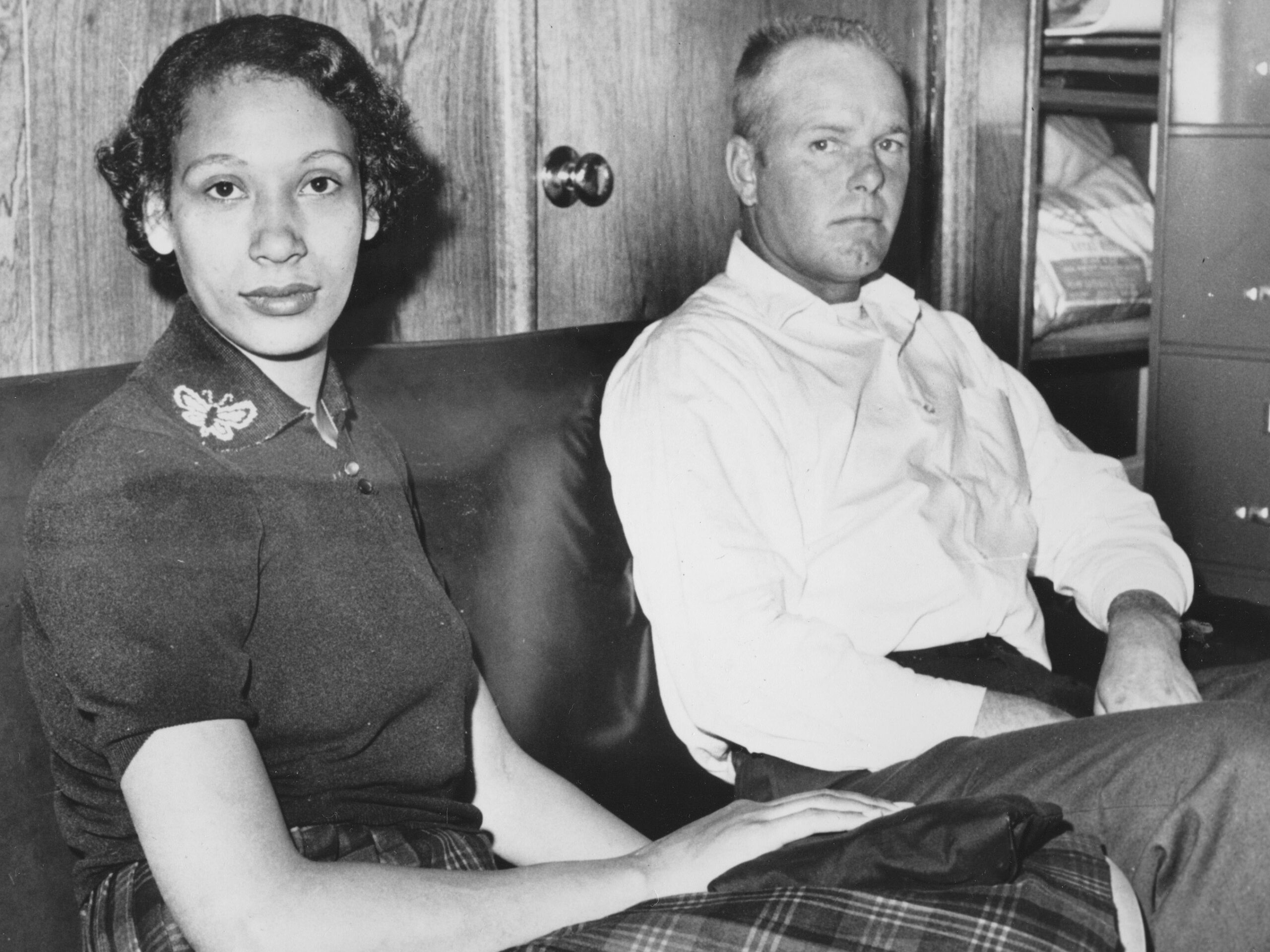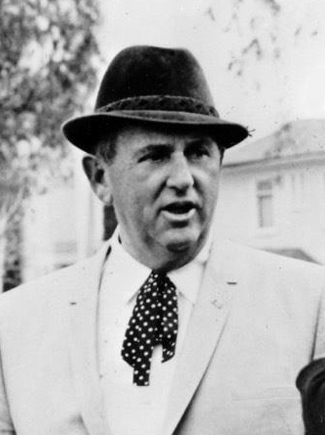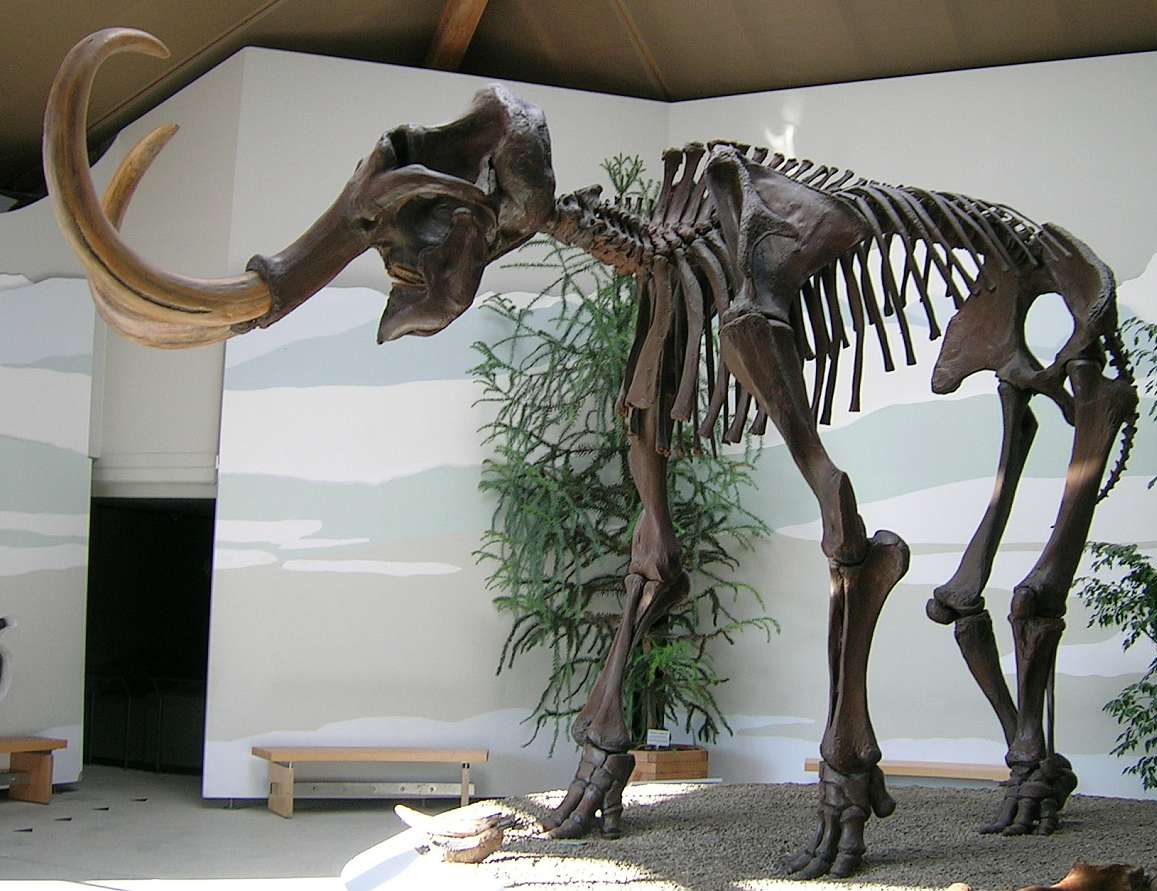Interracial Marriage in the United States: The Journey to Legalization
Introduction:
In the annals of history, the United States has faced numerous challenges, and one of the most pivotal battles fought was for the legalization of interracial marriage. This monumental struggle for equality entailed years of activism, advocacy, and legal battles. Today, we delve into the timeline of events that eventually led to this landmark reform.
The Loving v. Virginia Case (1967):
The landmark Supreme Court case of Loving v. Virginia marked a defining moment in the fight for interracial marriage. Richard Loving, a white man, and Mildred Jeter, a black woman, had married each other in 1958, only to be arrested due to Virginia’s antimiscegenation laws. The Lovings, along with the help of civil rights attorneys Bernard S. Cohen and Philip J. Hirschkop, took their case all the way to the Supreme Court. Finally, on June 12, 1967, the Court unanimously declared that laws prohibiting interracial marriage were unconstitutional, rendering them null and void across the nation.
Early Roots of Resistance:
While Loving v. Virginia represents a major turning point, we must acknowledge the long-fought battle towards this decision. The roots of this struggle can be traced back to early colonial America when interracial relationships faced societal condemnation and legal punishment. As the nation grew, various states enacted stringent laws that limited or outright forbade marriages between individuals of different races.
Miscegenation Laws:
From the late 17th century through the 19th century, interracial relationships became increasingly regulated through miscegenation laws, which varied by state. These laws were predominantly designed to protect the supposed racial purity of the dominant group, primarily focusing on preventing marriages between white individuals and those of African, Native American, or Asian descent. The punishment for violating these laws was often severe, including imprisonments, fines, and social ostracism.
Continued Legal Battles:
The struggle to overturn miscegenation laws intensified following the abolition of slavery in the mid-19th century. Activists, lawyers, and organizations began mounting legal challenges in multiple states. However, court decisions often upheld these laws, reinforcing the notion of racial segregation and maintaining legal barriers to interracial unions. It wasn’t until Loving v. Virginia that significant progress was finally made.
Legacy and Ongoing Challenges:
Following the Loving v. Virginia ruling, the national consensus shifted, and public opinion gradually evolved towards acceptance of interracial relationships. However, even with legal protections in place, interracial couples still faced societal backlash, discrimination, and resistance for years to come. It is essential to acknowledge the progress made while understanding the ongoing work required to cultivate a truly equal and inclusive society.
Conclusion:
The journey towards legalizing interracial marriage in the United States was a hard-fought battle that took decades of perseverance and unwavering commitment. Though the Loving v. Virginia case marked a tremendous victory, it is important to recognize the historical roots of resistance and the challenges faced by interracial couples even after the landmark ruling. The fight for equality continues, echoing the importance of embracing diversity and advocating for equal rights for all.
More About : When Did Interracial Marriage Became Legal In Us
Introduction:
Interracial marriage, the union between people of different racial backgrounds, has a long history shaped by legal, social, and cultural factors. In the United States, there was a tumultuous journey in achieving legal recognition and acceptance of interracial marriages. This article explores the timeline of the legalization of interracial marriage, highlighting significant milestones and legal cases that eventually led to the recognition of this fundamental right.
1. Colonial Era and Slavery:
– During the colonial era, interracial marriages were generally discouraged and, in some cases, even prohibited.
– Slavery played a significant role, as it reinforced racial segregation and led to the prevalence of mixed-race individuals.
– Slaveholders often controlled these relationships, emphasizing their control and power over enslaved individuals.
2. The Loving v. Virginia Case:
– The landmark case of Loving v. Virginia (1967) was a pivotal turning point in the legalization of interracial marriage.
– The case involved Richard Loving, a white man, and Mildred Loving, a black and Native American woman, who had married in Washington D.C. but faced severe legal repercussions when they returned to Virginia.
– The Supreme Court, in a unanimous decision, struck down state laws banning interracial marriage, stating that such laws violated the 14th Amendment’s Equal Protection Clause.
– The case marked a significant milestone in challenging racial discrimination and promoting love and equality.
3. Anti-Miscegenation Laws:
– Anti-miscegenation laws were state-level laws enacted in the late 17th century to prevent interracial marriages.
– These laws imposed criminal penalties or invalidated marriages between individuals of different races.
– Many states, predominantly in the South, maintained anti-miscegenation laws well into the 20th century, reflecting deeply entrenched racial prejudices.
4. State-by-State Progression:
– Prior to the Loving v. Virginia ruling, individual states slowly began to repeal their anti-miscegenation laws.
– California became the first state to legalize interracial marriage in 1948, followed by many others, including New York, New Jersey, and Connecticut.
– By 1967, only 16 states still enforced such laws, with the Loving ruling subsequently making them all unconstitutional.
5. Historical Resistance and Social Challenges:
– The struggle for recognition of interracial marriage faced significant societal resistance and challenges.
– Many Americans held deeply ingrained prejudices based on race, religious beliefs, and cultural differences.
– Interracial couples often faced discrimination, social ostracism, and sometimes violence, highlighting the deep-rooted racial divisions within American society.
Conclusion:
The journey towards legal recognition and acceptance of interracial marriage in the United States was fraught with challenges and prejudices. From the widespread enforcement of anti-miscegenation laws to the landmark Loving v. Virginia case, progress was made through legal battles, societal change, and shifting perceptions of race. While the Loving ruling marked a significant milestone, it is important to acknowledge that acceptance and true equality in interracial marriage continue to be ongoing struggles. Today, interracial marriage is not only widely accepted but also celebrated as a testament to love’s power to transcend race, fostering a society that values diversity and inclusivity.
FAQs on When Did Interracial Marriage Became Legal In Us
Q: When did interracial marriage become legal in the US?
A: Interracial marriage was legalized nationwide with the landmark Supreme Court case Loving v. Virginia on June 12, 1967.
Q: Were interracial marriages common before the legal change?
A: No, interracial marriages were relatively rare before the 1967 Supreme Court ruling due to anti-miscegenation laws that existed in many states.
Q: Which states were the last to legalize interracial marriage?
A: The last states to overturn their anti-miscegenation laws were South Carolina in 1967 and Alabama in 2000.
Q: Did the Supreme Court decision in Loving v. Virginia have unanimous support?
A: Yes, the Supreme Court decision was unanimous, with all nine justices ruling in favor of eliminating anti-miscegenation laws.
Q: Did Loving v. Virginia legalize all forms of interracial relationships?
A: Yes, the decision made it unconstitutional to prohibit interracial marriages between individuals of different racial backgrounds.
Q: What penalties did individuals face for engaging in interracial marriages prior to the legal change?
A: Prior to the legal change, individuals could face criminal charges, fines, and imprisonment for engaging in interracial marriages in states that had anti-miscegenation laws.
Q: Have anti-miscegenation laws existed in all US states throughout history?
A: No, anti-miscegenation laws were more prevalent in the southern states, although they existed in different forms and levels of enforcement in various regions.
Q: How did the Civil Rights Movement impact the legalization of interracial marriage?
A: The Civil Rights Movement played a significant role in raising awareness about racial equality and challenging the constitutionality of anti-miscegenation laws.
Q: Did the Loving v. Virginia decision resolve all legal challenges faced by interracial couples?
A: While the decision legalized interracial marriage, it did not fully eliminate societal prejudices and challenges faced by interracial couples, which continue to be addressed today.
Q: Did the Loving v. Virginia decision have any international impact?
A: Yes, the Loving v. Virginia decision influenced other countries facing similar issues, leading to the elimination of anti-miscegenation laws in several nations around the world.




